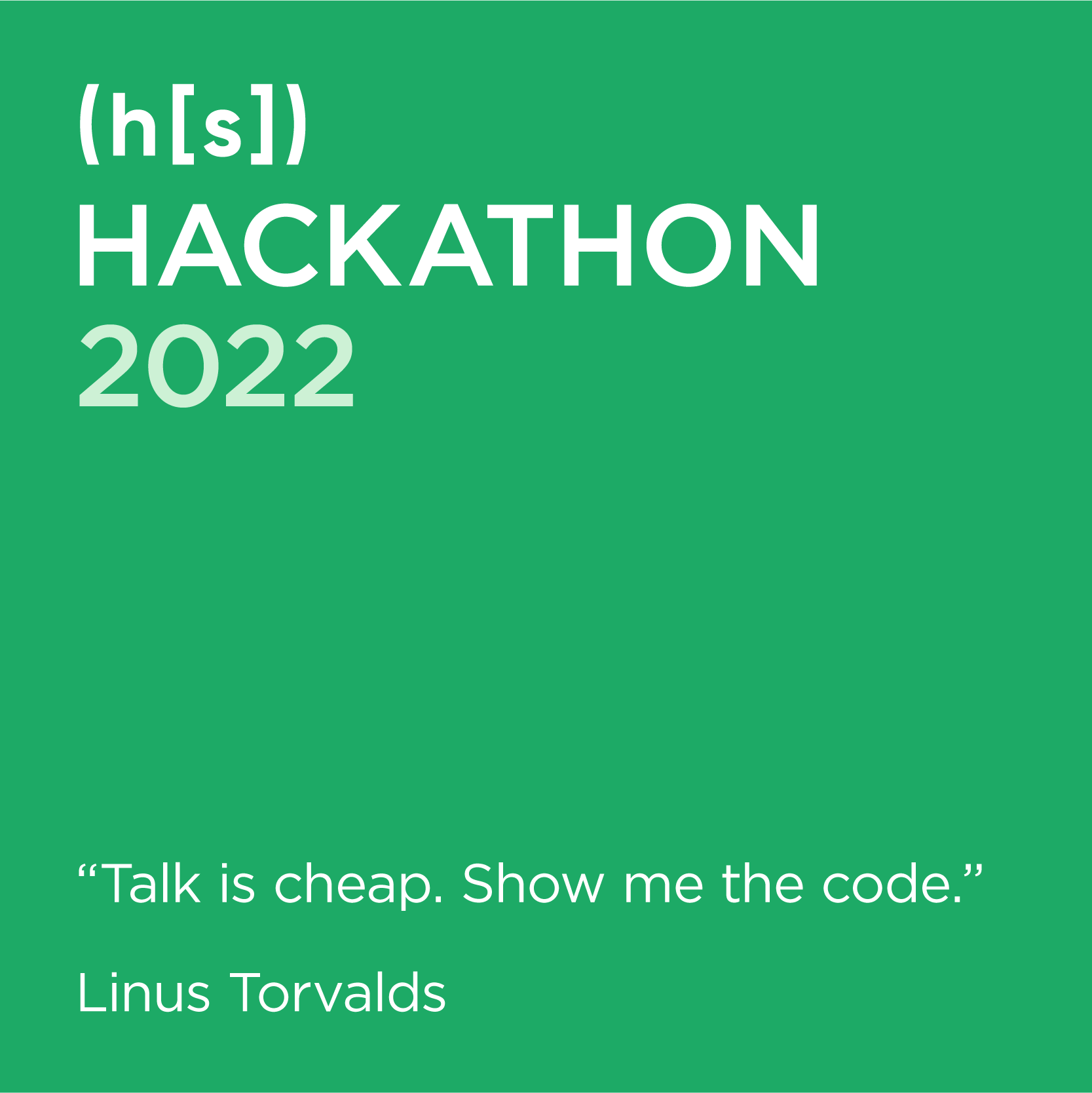Hyperscience recently held its second annual hackathon, where many of our engineers, divided into nine different teams, participated in the four-day event. Hackathons are a great way to promote collaboration among colleagues, and allow an avenue for self expression where engineers are free to explore innovative ideas.
This year, the hackathon was centered around 3 key themes:
- Adoption
- Ease of Use
- Improving the Hyperscience Platform
Participants were free to work on any ideas, so long as they were aligned to one of these themes.
A few weeks before the event, ideas from everyone in the organization were collected and recorded in a central location. Participants were then free to choose any of the ideas to work on, even if they didn’t suggest it themselves.
Each team was allowed to have up to five participants, and development could only start at 9 AM local time on September 9, 2022. The competition ran until the end of day on September 12, 2022. After the completion of the hackathon, each team presented their projects on the following day.
Projects were adjudicated by a cross-functional committee. Ranked voting determined the winners, and there was a popular choice award as well.
This year, the following projects were declared the winning entrants.
- HyperZero: The goal of this project was to develop a unified machine learning model to “classify and extract” information from a semi-structured document (including tables) in a single step. This new model bypasses the transcription (OCR) step altogether, simplifying the field extraction queue. (You can learn more about this particular project in this article about simplifying the document processing technology pipeline.)
- Making Submissions go BRRR: The team behind this project used Message Queue to demonstrate higher throughput and lower latency for an extraction flow. Reducing latency results in decreased average handling times for our customers.
- Upgraded Layout Editor: For this project, team members implemented a new feature to consolidate duplicate fields in the Layout Editor with a single click, significantly speeding up the process for creating and modifying document layouts.
While Hackathons are intended to be fun, some of these ideas will turn into real features and deliver user value. For example, the layout editor project above is already scheduled to go into production, and the ML team is currently planning future experiments based on the HyperZero project.


